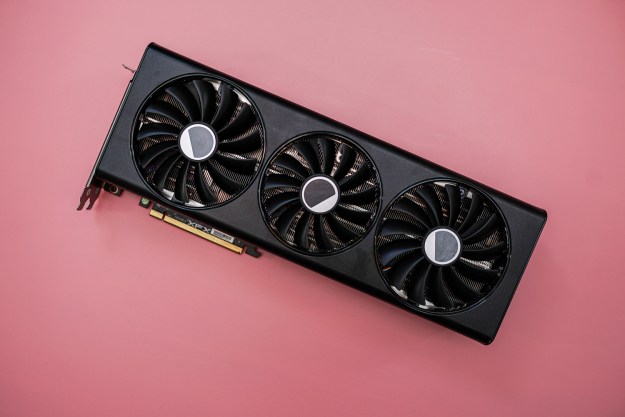The Trump Administration’s latest round of tariffs on imported Chinese goods came into effect on Sunday, and a new study says it could drive up the price you pay for cars, electronics and other tech by hundreds of dollars by the end of the year.
The fresh 15% duty is set to hit nearly $110 billion worth of consumer products ranging from essentials like clothing and food to electronics such as the Apple Watch and televisions.
An analysis by economists Kirill Borusyak, from University College London and Xavier Jaravel and at the London School of Economics, predicts the move will cost an average American family an additional $460 over a year, according to the New York Times.
The study found that the wealthiest families will likely spend an additional $400 for so-called “durable products” — things like a car that has Chinese parts or an Apple Watch — by the end of 2019 due to the trade war. Even lower-income families will likely end up spending an additional $100 to $200 on tech by year’s end.
The latest wave of tariffs is the first of a two-part approach the U.S. government has planned for the year. The second batch, which is scheduled to go live on December 15th, put an additional 15% tariff on virtually everything that comes to the United States from China, including laptops and smartphones.
Those tariffs were delayed in order to protect American shoppers from bearing the brunt during the holiday season, President Donald Trump said earlier last month. The new tariffs were reportedly announced as a result of yet another round of unsuccessful talks between the parties in Shanghai. China retaliated with an increase in existing tariffs of its own on $75 billion worth of U.S. goods and another is set for December 15th. The next face-to-face meeting will take place in Washington later this month.
Win Cramer, CEO of a California-based wireless accessory maker, JLab Audio, while speaking to Bloomberg, said the tax hike will impact 90% of its products starting Sunday.
The 14-month-long trade dispute between the U.S. and China has spurred a period of uncertainty for businesses as well. A range of tech companies has scrambled to establish alternate locations for their supply chains. Last week, reports from India revealed the country is looking to capitalize on the growing tensions and planning to ease regulations and offer incentives in an effort to sway foreign companies to shift their production.
Editors' Recommendations
- The small cost to end child mining is not a price Big Tech is willing to pay
- Laptops are about to get more expensive, and we have tariffs to thank



